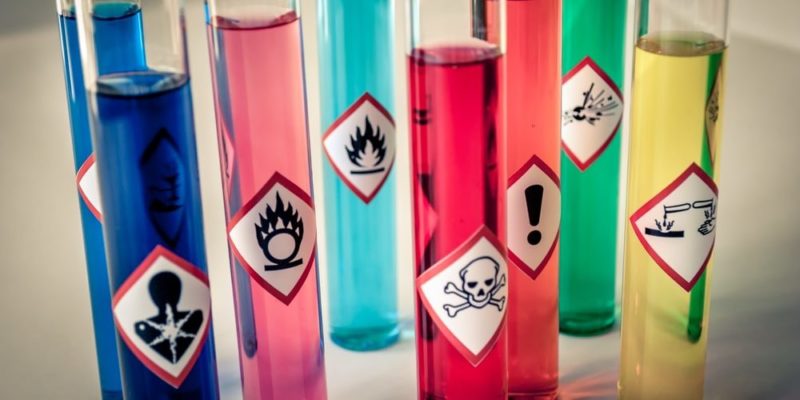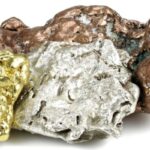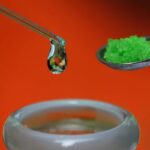We explain what chemical risk is, under what circumstances it is highest, what types exist and the characteristics of each one.

What is chemical risk?
In chemistry, chemical risk or chemical danger is understood as those conditions of potential damage to health caused by uncontrolled exposure to chemical agents of various natures. In other words, it is the danger posed by chemical compounds and chemical substances capable of causing illness, chronic effects or death.
The severity of these risks depends on factors such as the nature of the chemical agents, their concentration, or the time and route of exposure to them.
Virtually every reactive chemical substance has a potential for change in nature (chemical pollution) or in the organism of a living being, only some will be more harmful in the short term and others will be, on the contrary, less immediate.
There is a potential chemical risk in jobs that involve handling toxic substances when they are not managed appropriately, or when personnel lack the minimum basic protections.
However, there is also chemical risk in nature, given that the discharge of chemical substances into the environment takes place at alarming daily rates. And nature cannot always deal with them effectively and autonomously.
Types of chemical risk

Chemical risks can be diverse, depending on the effect they may have on living beings, particularly humans. So, we talk about:
- Flammable Substances that react easily with the environment or with themselves without the need to apply some energy, releasing very high amounts of heat, that is, caloric energy. They can also release toxic and flammable gases. Generally this is accompanied by the creation of flames, that is, fire, capable of spreading to other materials or living beings. For example: ethanol.
- Explosives Materials that react quickly and violently to combustion, generating enormous amounts of heat, light and kinetic energy (motion), either in a controlled and usable manner, or in an uncontrolled and catastrophic manner. For example: nitroglycerin.
- Oxidants. Substances capable of generating violent oxidation in flammable or combustible substances, that is, they can generate fire or delay its extinction. For example: oxygen.
- Corrosives. Compounds endowed with a great capacity to react by oxidation-reduction with organic matter, generating an exothermic and highly destructive reaction, capable of producing burns and deterioration without the need for a flame. Corrosive materials can oxidize metal or destroy organic tissues on contact. For example: hydrochloric acid.
- Irritants A lighter version than corrosives, capable of producing reversible lesions on human skin or mucous membranes, but not completely destroying them. For example: sodium carbonate.
- Toxic Compounds that have molecular properties that make them highly reactive with the organism, thus causing unpredictable effects on it. For example: carbon monoxide.
- Radioactive Atomically unstable substances, whose molecules constantly emit particles (neutrons, protons, etc.) as they decay into another stable element. The emission of these particles can alter the genetic code and deteriorate tissues. For example: Cobalt-60.
Continue with: Acids and bases
References
- “Chemical risk” on Wikipedia.
- “Chemical hazards” in the Pan American Health Organization.
- “Chemical risks” in World Health Organization.
- “Risks of chemical origin” at the Polytechnic University of Valencia.
- “Chemical Risk Assessment” in ScienceDirect.





